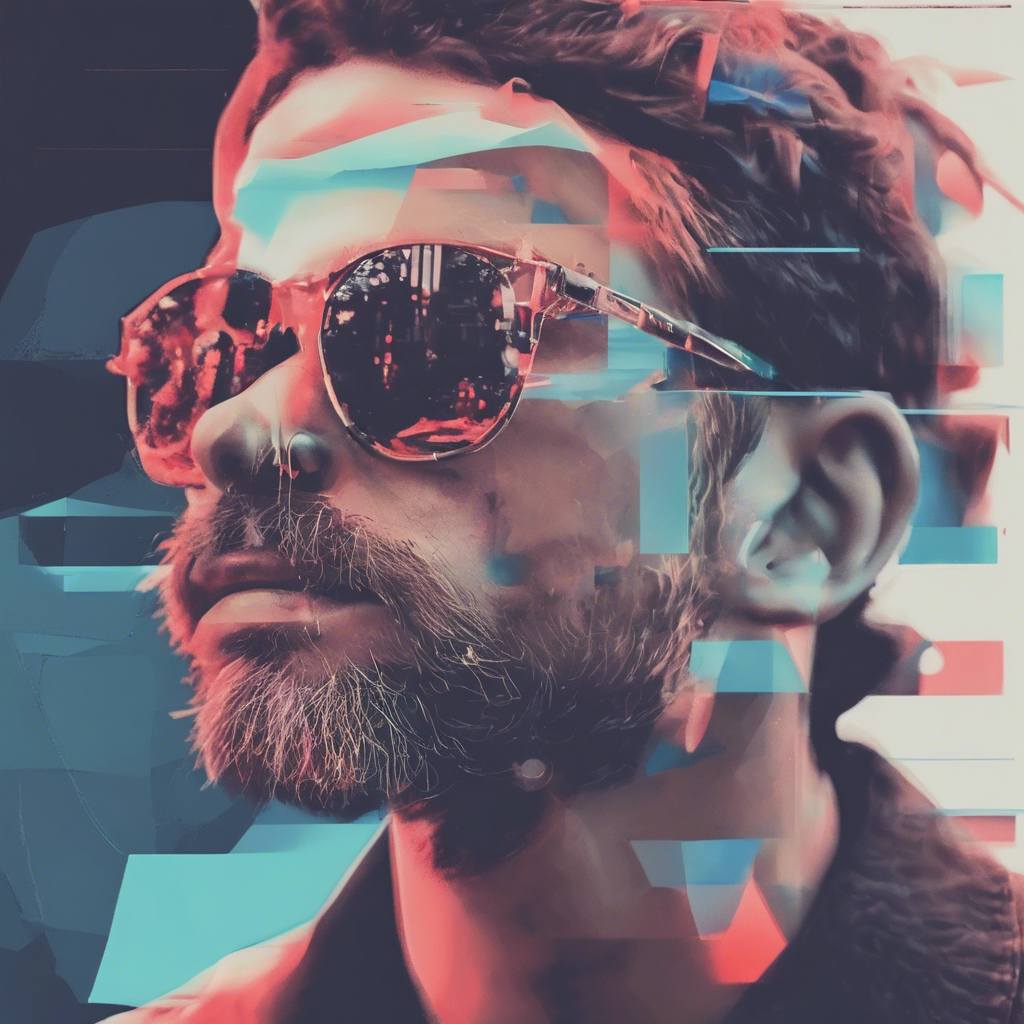Is a GIF a still image?
Is a GIF a Still Image?
What is a GIF?
GIF stands for Graphics Interchange Format. It is a file format that was developed by CompuServe in 1987 to facilitate the transfer of images over the internet. The GIF format supports both animated and static images, and it is widely used today for sharing short animations and memes on social media platforms.
What is a Still Image?
A still image is a single, unchanging picture. It can be a photograph, a scan of a drawing or painting, or a digital image created using a graphics editor. Still images are often used in presentations, on websites, and in printed materials.
So, is a GIF a Still Image?
The answer to this question is both yes and no. A GIF can be a still image if it contains only one frame. In this case, it is essentially the same as any other digital image format, such as JPEG or PNG. However, a GIF can also contain multiple frames, which are displayed in sequence to create an animation. In this case, the GIF is not a still image, but rather an animated image.
The Technical Differences
At a technical level, the difference between a still image and an animated GIF is in the file structure. A still image contains only one image file, while an animated GIF contains a series of image files that are displayed in sequence. The GIF file format supports up to 256 colors, which makes it well-suited for simple animations and graphics.
The Cultural Differences
Culturally, the difference between a still image and an animated GIF is more pronounced. Still images are often seen as serious and professional, while animated GIFs are often associated with humor and memes. This is not to say that still images cannot be funny or that animated GIFs cannot be serious, but rather that there is a general perception of the two types of images as being suited to different purposes.
The Evolution of the GIF
The GIF format has evolved significantly since its introduction in 1987. Early GIFs were limited to 256 colors and were relatively simple in design. However, as internet speeds increased and graphics hardware became more powerful, GIFs became more complex and sophisticated. Today, GIFs are commonly used for everything from simple animations to complex graphics and video clips.
The Future of the GIF
The future of the GIF looks bright. As internet speeds continue to increase and mobile devices become more powerful, the demand for animated content is likely to grow. GIFs are well-suited to this demand, as they are relatively small in size and can be easily shared across social media platforms. In addition, new technologies such as AI and machine learning are likely to further enhance the capabilities of the GIF format, making it even more versatile and powerful.
Conclusion
In conclusion, whether a GIF is a still image or not depends on the content of the GIF. If it contains only one frame, it is essentially a still image. However, if it contains multiple frames, it is an animated image. The GIF format has come a long way since its introduction in 1987 and is likely to continue to evolve and grow in popularity in the years to come. Whether used for humor, education, or marketing, the GIF is a versatile and powerful tool for communicating in the digital age.
Discover more from EMD
Subscribe to get the latest posts to your email.
